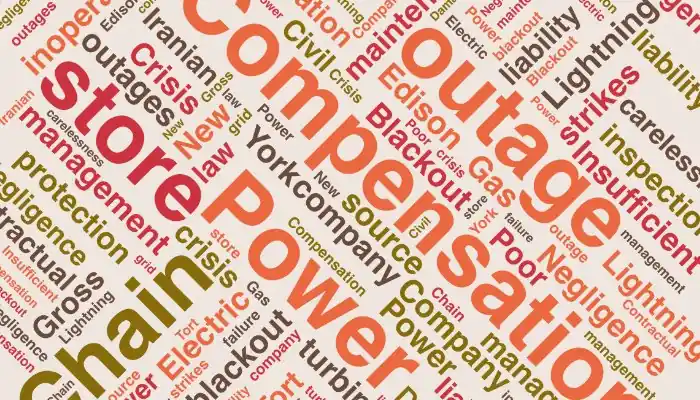One of the major challenges for loan recipients with banks is having their names placed on the list of bank debtors. This effectively puts the borrower in a tight spot, severely restricting their ability to engage in even the simplest financial transactions. The inability to receive new loans and the denial of checkbook issuance are just some of the consequences of being listed in the bank debtors’ blacklist. The inclusion of the borrower’s name on this list is such a sharp weapon that some banks resort to it to coerce borrowers into paying amounts exceeding the legal limits.
In one of our team’s cases, the name of Company “A,” one of the country’s electricity producers, was placed on the list of overdue bank debtors due to a dispute with the lending bank. This inclusion prevented the company from obtaining new loans for essential power plant repairs and accessing banking services, including having a checkbook. The prolonged presence of the company’s name on the Central Bank’s blacklist posed a serious threat to this production unit. Therefore, in the initial steps, efforts were made to negotiate with the bank and raise the issue in the Facilitation and Removal of Production Barriers Task Force and the Judiciary’s Resistance Economy Task Force. The aim was to make the bank and even the Central Bank aware of the destructive consequences of these actions and to resolve the issue. However, given the bank’s negative responses, it appeared that this bank was knowingly and intentionally using the pressure tools provided by the Money and Credit Council to collect the banks’ claims.
The bank was aware of the lengthy process of litigation for resolving disputes and thus used the legal weapon at its disposal as a tool to bring this company to its knees. By freezing the company’s accounts and placing its name on the bank debtors’ blacklist, the bank aimed to put this production unit under such severe constraints that it would have no choice but to submit to the bank’s demands. This would allow the bank to collect whatever amount it claimed for the granted facilities, even if this claim exceeded the legal debt and contradicted the Central Bank’s regulations.
However, on 2022/02/24, a special lawsuit was filed, and a case with the classification number 140068920006784645 was registered with the judiciary. With expedited handling, on 2022/06/13, and the notification of the judgment number 140168390001683718, the company’s name was removed from the list of overdue bank debtors.




